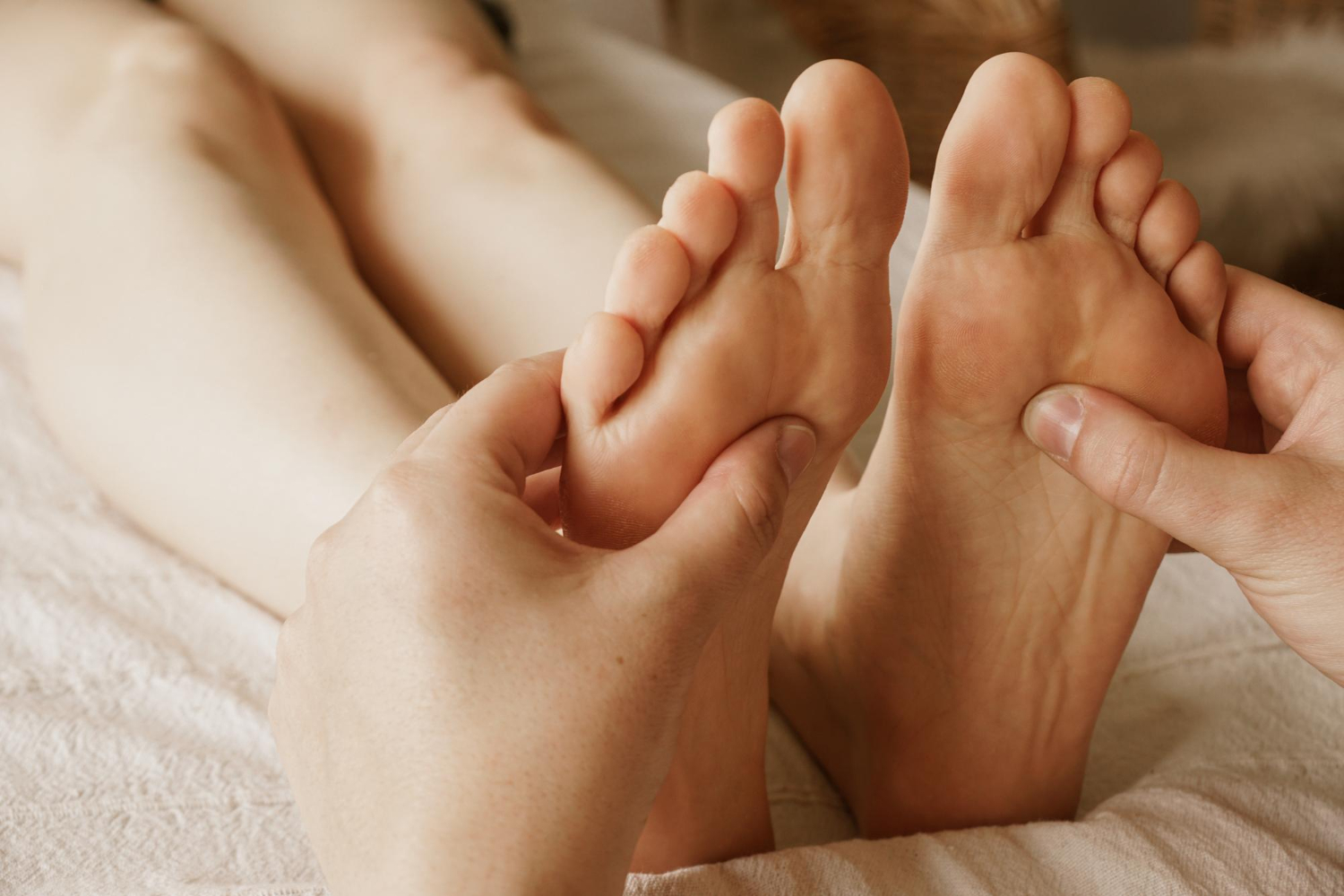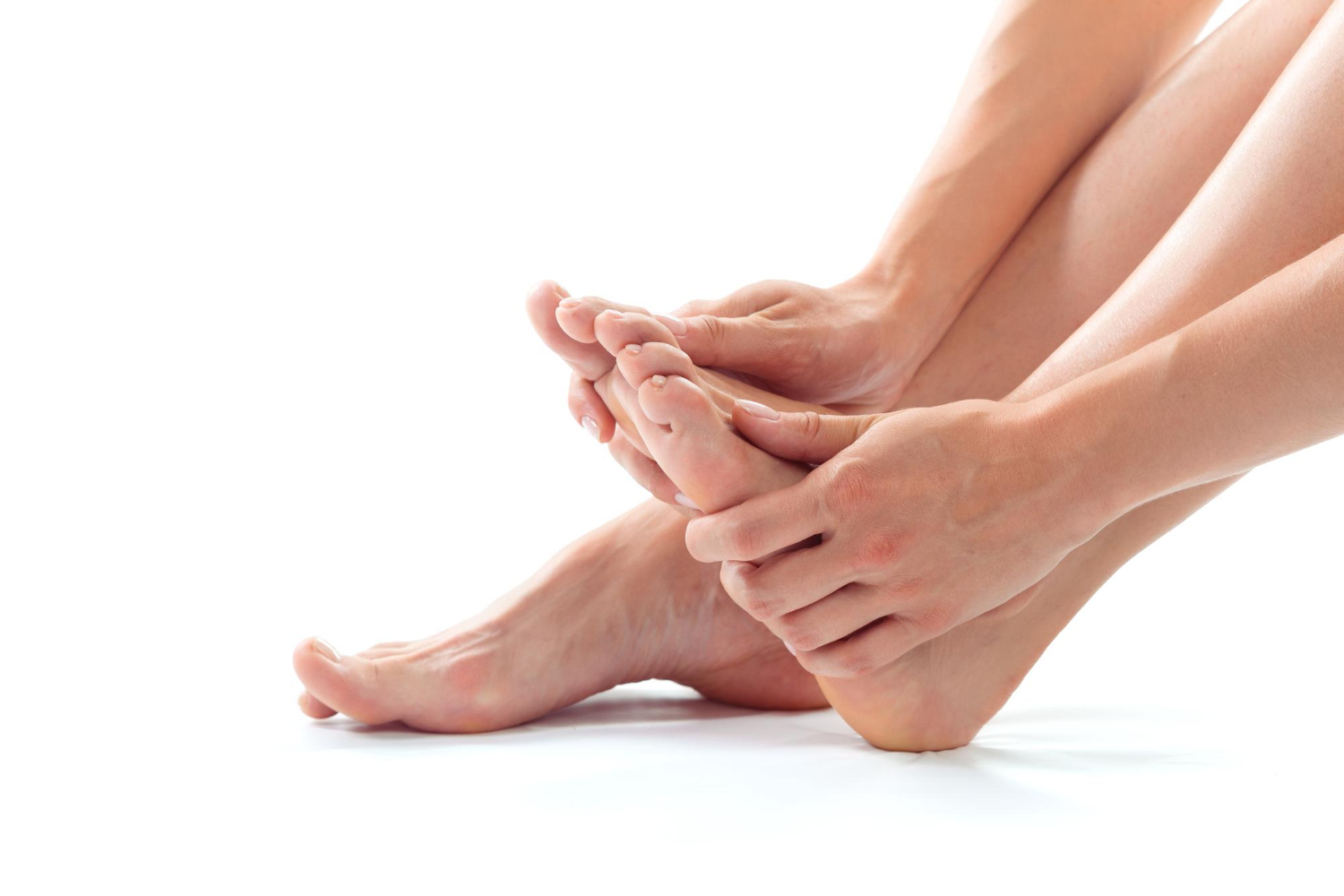Diabetes Rash on Skin: How to Identify and Treat This Skin Condition
Diabetics are prone to various side effects. Diabetes rash skin is common. Rashes develop due to high blood sugar, which can cause dry, itchy skin. Rashes are also a common sign of prediabetes.
This article will explain the common causes of a diabetes skin rash and treatment options.
What Causes a Diabetes Skin Rash?
Diabetics experience high blood sugar levels that dehydrate the skin and poor circulation that reduces blood flow to the skin. Nerve damage can also reduce sweating, further contributing to dry conditions. As a result, people with diabetes are more prone to rashes.
If you don’t have diabetes and experience a skin rash, it may be a sign of prediabetes. Your health provider will instruct you on lifestyle changes and may prescribe medications to avoid full-blown diabetes.
Some people wonder, can diabetes medication cause rashes? Yes, it is possible if the user is allergic to the medication. They may experience itching and redness all over their skin.
Different Types of Diabetes Rashes
Diabetics may experience different types of rashes, including the following:
Diabetic Dermopathy (Shin Spots)
This leg diabetes skin rash appears as red or brown patches or lines. It is caused by reduced blood circulation to the skin and will typically go away on its own.
Necrobiosis Lipoidica
This rash manifests as raised bumps that develop into yellow, reddish, or brown patches on the skin that may become hard and swollen. It is more likely to occur in women and may be related to changes in fat and collagen. This diabetes rash cure can be achieved by managing symptoms.
Bullosis Diabeticorum (Diabetic Blisters)
Diabetic blisters typically appear as a diabetes rash on lower legs or diabetes rash on top of foot, although they can sometimes occur on the hands and arms. They are typically related to high blood sugar. The blisters will go away on their own and can be prevented with blood sugar management.
Eruptive Xanthomatosis
This condition is characterized by small reddish-yellow bumps on hands, feet, legs, and buttocks. The tender and itchy diabetes heat rash on legs and other body parts is often related to high cholesterol and triglyceride levels. It can be managed by reducing cholesterol and blood fat levels.
Bacterial Infections
Bacterial infections often affect the eyelids, hair follicles, and fingernails. They cause the skin’s tissues to become inflamed. These infections can be treated with antibiotics and by keeping blood sugar levels in the normal range.
Fungal Infections
Fungal infections appear as itchy red blisters and scales. They typically occur in warm, moist skin folds, such as the genitals. A fungal diabetic foot rash on feet and ankles may be Athlete’s foot.
A fungal infection is typically linked to high blood sugar levels. It can be treated with medication and by keeping blood sugar under control.
Acanthosis Nigricans (AN)
This condition causes dark, velvety bands on the skin. It is common among overweight people and could be a sign of prediabetes. The rash can be treated with creams, laser therapy, or dermabrasion, but it is best to address the underlying cause with lifestyle improvements.
Disseminated Granuloma Annulare
This rash often occurs in children, young adults, and people with diabetes. In diabetics, it appears as a red, reddish-brown, or skin-tone irritation on the fingers, hands, feet, and ears. Though not painful, it may itch.
The condition will usually clear up on its own, but topical steroids can promote faster healing.

How to Prevent Diabetes Skin Rash
The best way to prevent diabetes skin rash is to adopt lifestyle habits that prevent skin issues. However, you may also follow this skin regimen to prevent diabetes 2 rash on legs, diabetes rash around ankles, and rashes on other body parts.
- Check your skin daily for rashes, infections, and sores. Early detection will keep issues from getting worse.
- When bathing, avoid hot water, which can dry out skin. Use a moisturizing soap.
- Pat the skin dry, as rubbing can cause dryness and irritation. Dry your skin thoroughly to avoid moisture building up and causing fungal infections.
- To reduce dryness, use a fragrance-free moisturizer after showering. Creams and ointments with ceramide are best for moisture retention.
- Drink fluids to keep skin hydrated.
- Use a humidifier to add moisture to the air in your home environment.
- Diabetics are prone to infection due to poor circulation and reduced immunity. If you detect cuts and wounds during your skin care routine, treat them immediately with soap and water and protect them with bandages. Contact your provider if wounds become worse.
Use Feetsee for Early Detection
Feetsee can also help with rash detection, specifically on the feet and legs. The device monitors the feet to detect elevated temperatures, which are often related to inflammation. If an issue is identified, it will automatically alert your doctor so they can begin treatment immediately, before it develops into a more serious problem.
Browse our website to learn more about how our unique device can support your wellbeing.

Detect Early, Prevent Amputations
Diabetic foot ulcers (DFUs) lead to significant discomfort, pain, numerous amputations, and billions of dollars in healthcare costs each year.
